Three Mosques of Üsküdar
Much of our first day on the Asian side of Istanbul was spent visiting Üsküdar’s mosques. There are over 180 in just this section of the city, so we had a lot to choose from, but stuck to three of the most well-known: the Yeni Valide, Şemsi Paşa and Atik Valide.
The Yeni Valide Camii

Üsküdar’s “Mosque of the New Queen Mother” was the very first mosque we visited in Turkey. Completed in 1703 by Emetullah Rabia Gülnûş, the mother of Sultan Ahmed III, the mosque is situated near the Bosphorus and its twin minarets have become part of Istanbul’s Asian profile. As a girl, the Greek Emetullah had led a peaceful existence on Crete before being kidnapped by the Ottomans and sent to the harem of Sultan Mehmet IV. Lovely and intelligent, she soon attracted the sultan’s favor and bore him two sons, both of whom would become sultans as well.
Since this was our first mosque, its huge dome, colorful tiles, intricate patterns, and stunning courtyard were especially astounding to us. The Queen Mother is buried here, in a tomb protected by a nicely-wrought cage of green iron. [More Pics | Location]
The Şemsi Paşa Camii
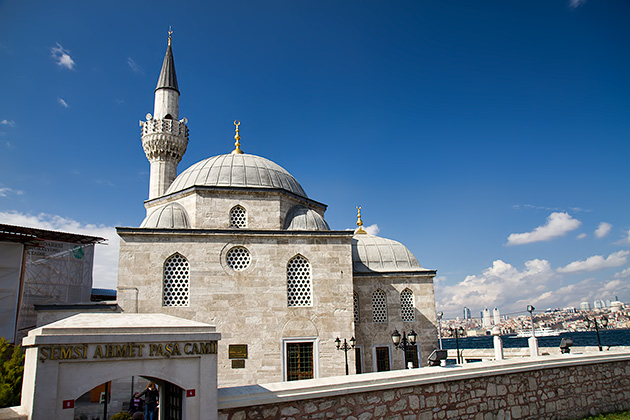
This tiny mosque on the Bosphorus coast was unfortunately encircled by the massive construction of the Marmara project, which will link Asia to Europe by subway. It was built in 1581 by Mimar Sinan for the Grand Vizier (prime minister) of the time, Şemsi Paşa.
The noise and mess of construction really detracted from our experience here, which is a shame since the Şemsi Paşa is considered one of Istanbul’s architectural gems. There’s a pleasing simplicity to the humble mosque, with its lone dome and single minaret, and when there’s no construction, the courtyard with its view over the Bosphorus must be wonderful. [More Pics | Location]
The Atik Valide Külliyesi
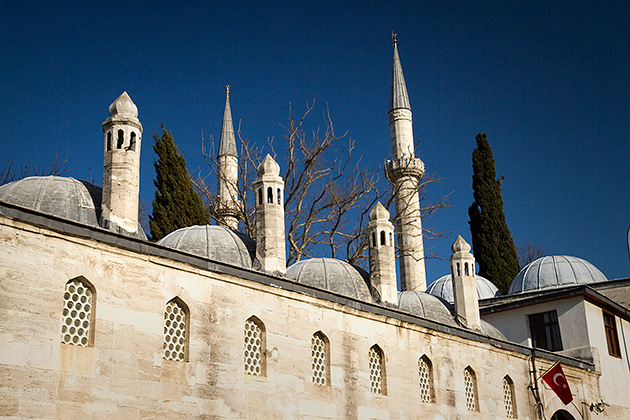
Completed in 1583, the mosque of the Atik Valide Külliyesi was our favorite of the day. It took a while to reach, as it’s found at the top of a hill further inland, but was worth the effort. The mosque was built at the behest of the Sultan Valide Nurbanu, wife of Selim the Sot (one of the Ottoman Empire’s most disastrous rulers) and mother of Sultan Murad III. During her time as valide sultan (mother of the sultan), she exercised enormous influence, and was recognized as the true power behind the throne. She died in 1583, possibly poisoned by Genoese agents, and was buried in the Hagia Sofia.
The complex (Külliyesi) which Nurbanu commissioned in Üsküdar was the final masterpiece of Istanbul’s ubiquitous architect Mimar Sinan, and includes a dervish lodge, insane asylum, and soup kitchen. The mosque is glorious, sporting a wide central dome surrounded by five smaller domes, but is very nearly eclipsed in beauty by the attached courtyard, where there are old burnt trees, a fountain and a popular tea house. We love this aspect of mosques; they double as community centers, providing a place hang out even when there’s no service. [More Pics | Location]
More Pictures from the Yeni Valide Camii
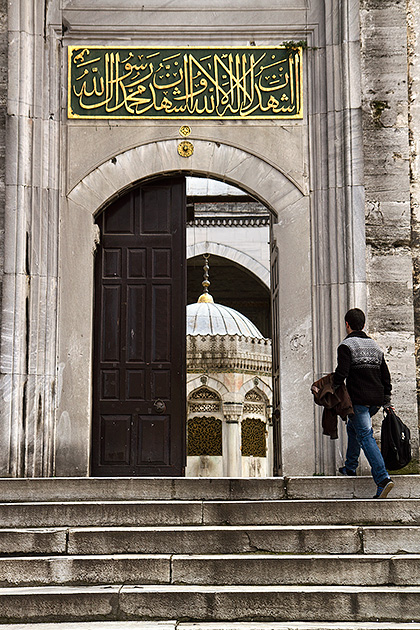
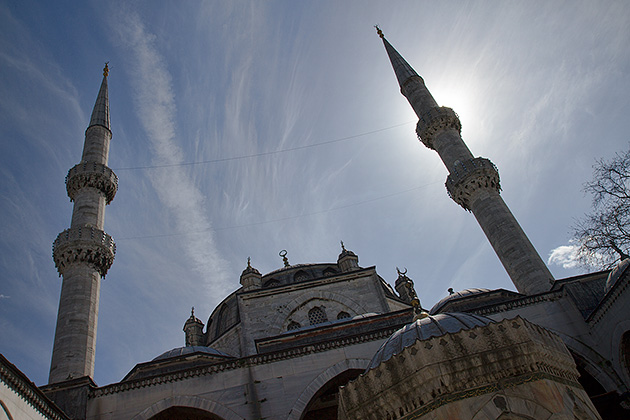
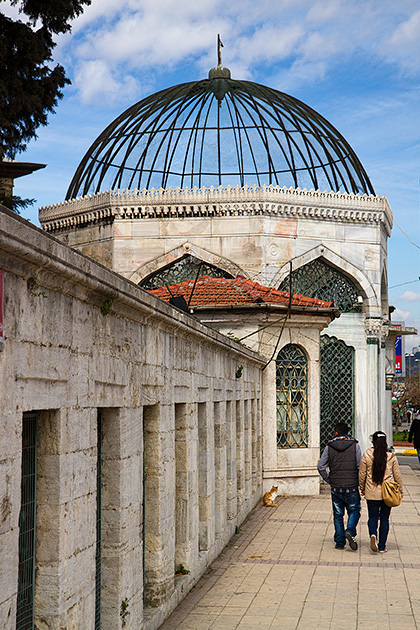
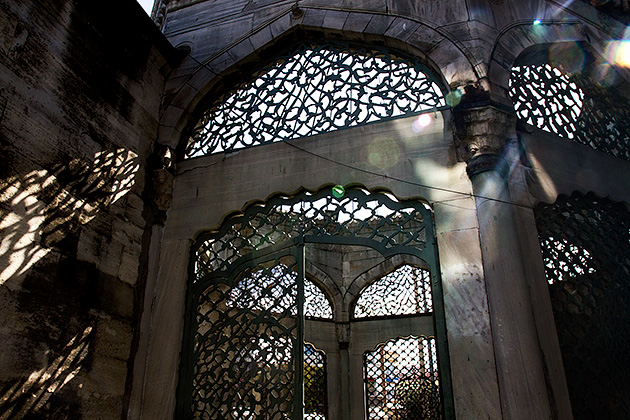
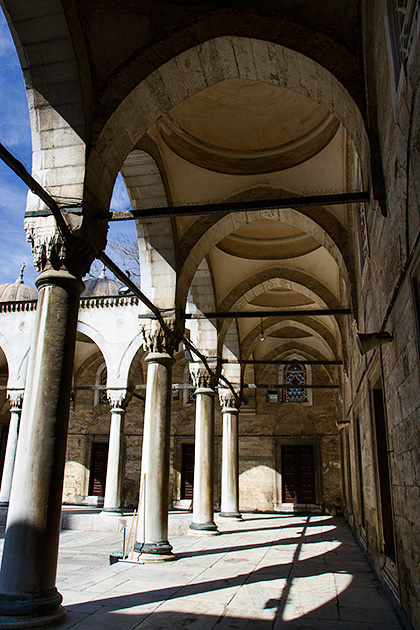
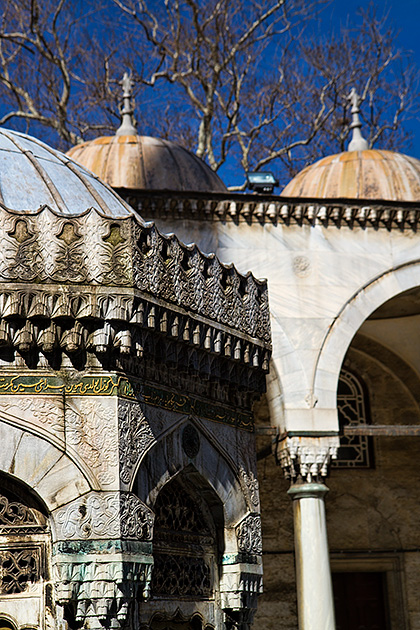
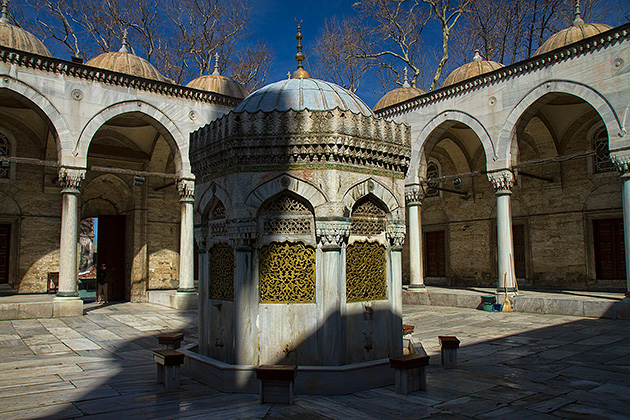
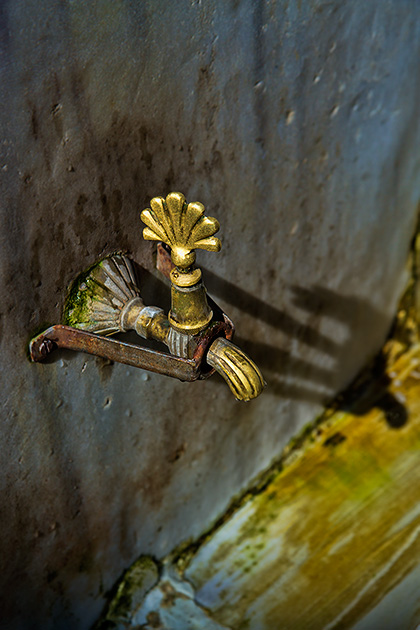
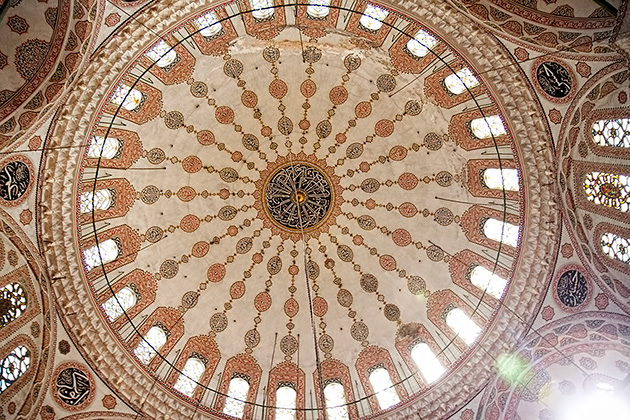
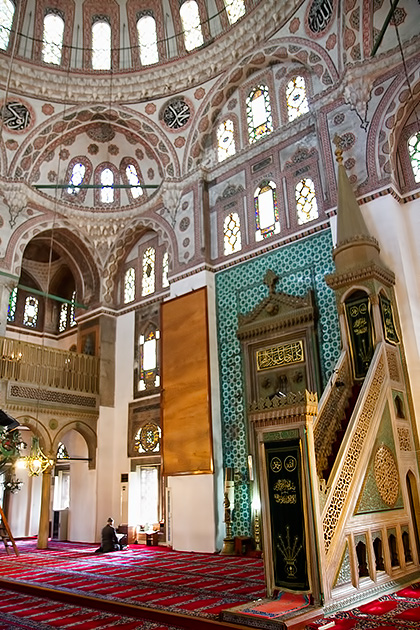
More Pictures from the Şemsi Paşa Camii
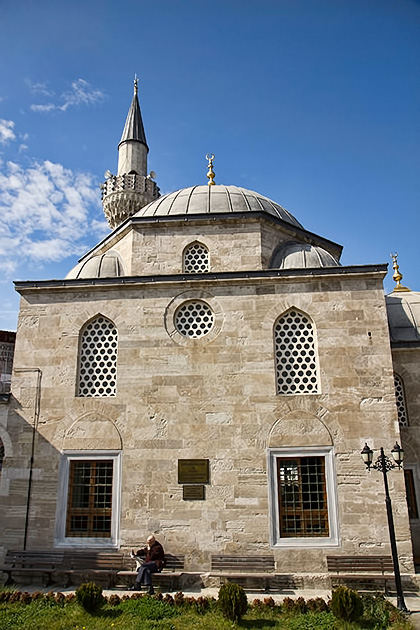
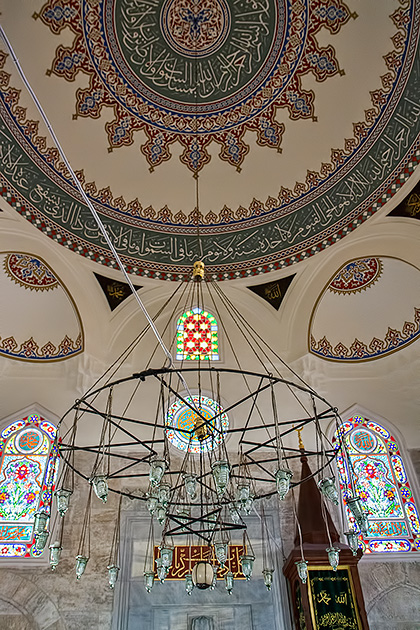

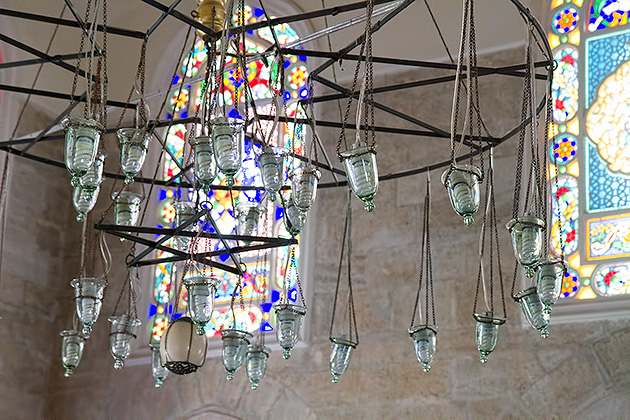
More Pictures from the Atik Valide Külliyesi
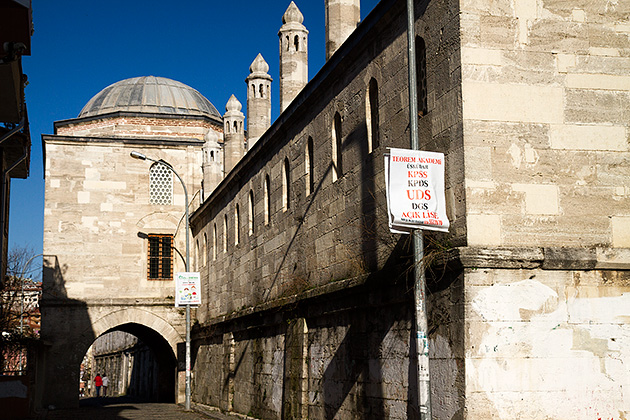
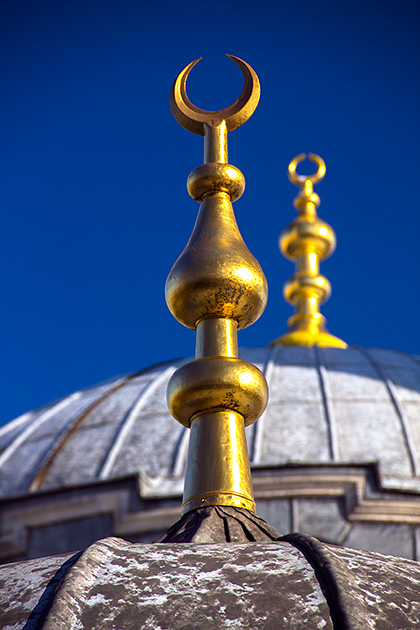
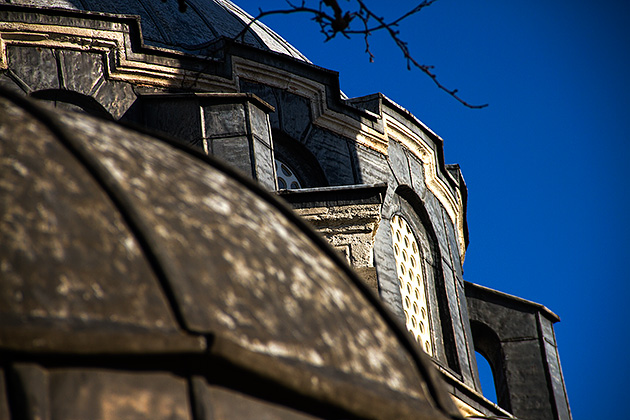
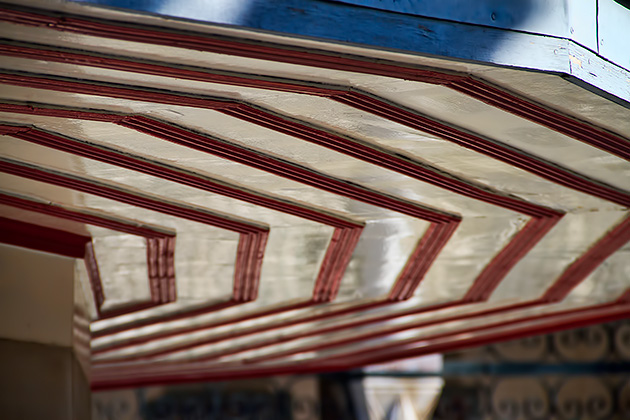

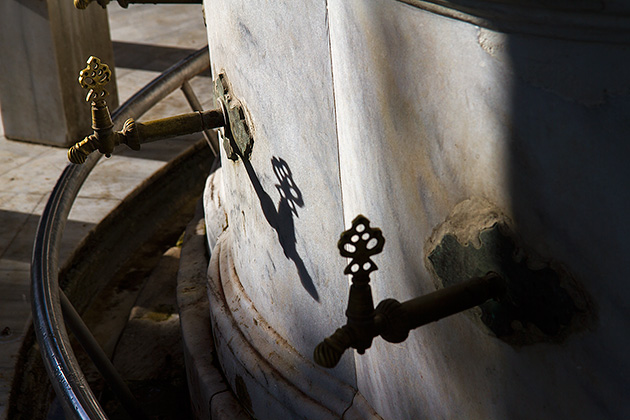


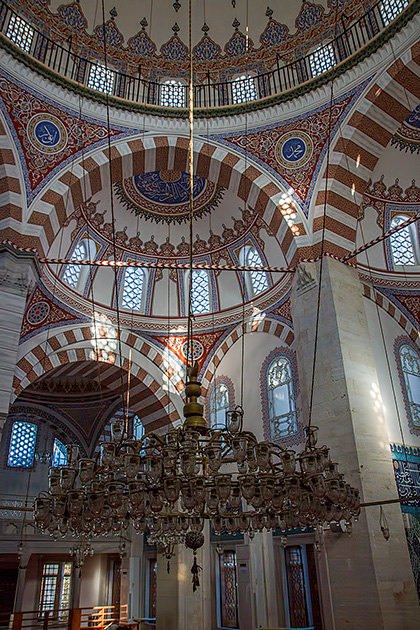
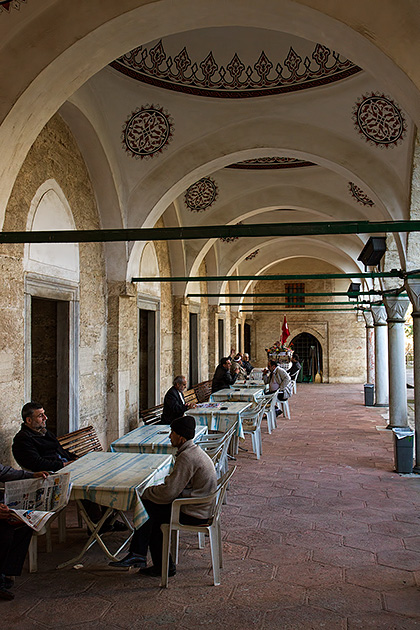

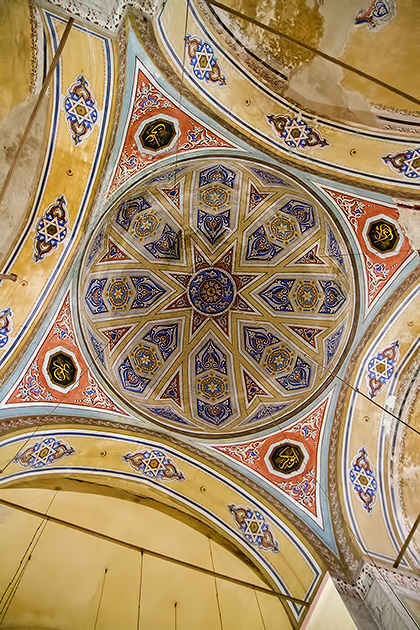
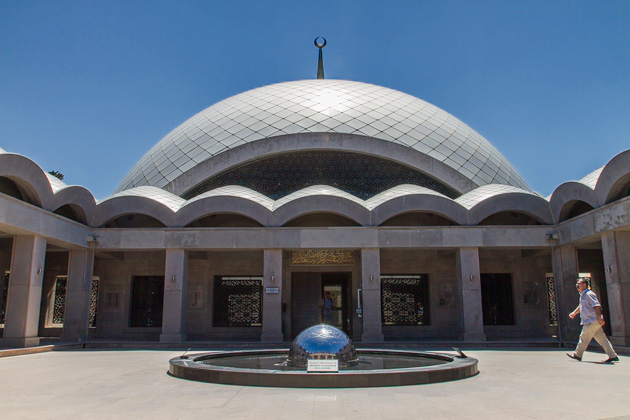
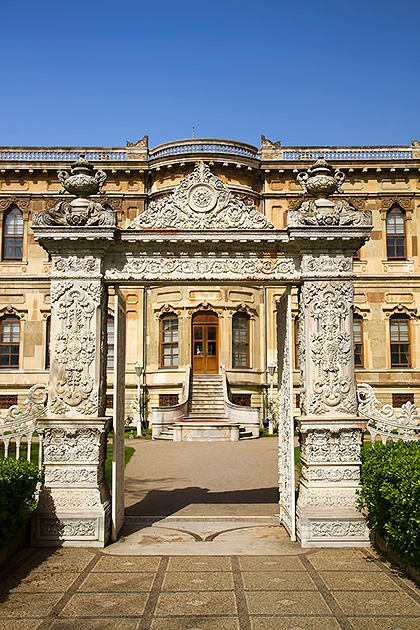
You can not see any birds on the Şemsi Paşa Camii… Its another name: Kuşkonmaz Camii. No Bird Perch. Because of Bosphorus’ winds.
V interesting y article about three mosque in Uskudar. Recently I have read about Nurbanu in this book -Jean Michel Thibaux –La Princesse de lumière : La Sultane vénitienne, Anne Carrière, 2003 and I want it to let you know. Thanks for sharing all your posts from visited places!